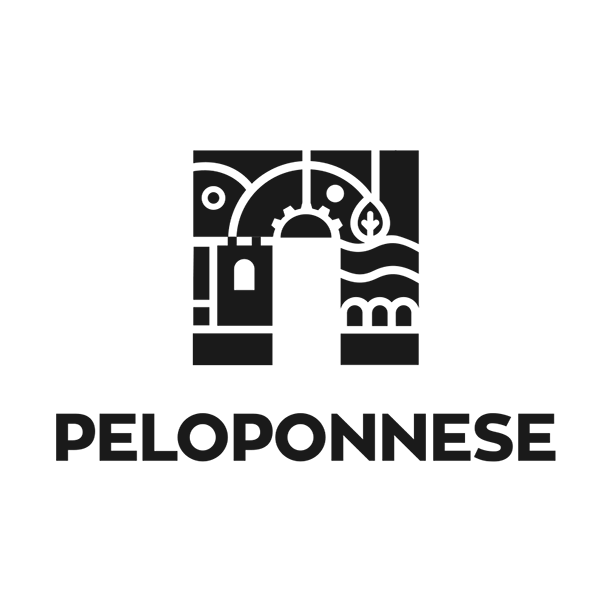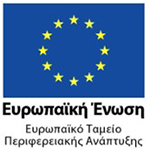The coastal village of Stoupa is built by the sea, with its “back” to Mount Taygetos. It is 45 km away from Kalamata, and it’s famous for its popular and cosmopolitan beach, the so-called “Miami of Mani”. The famous Kalogria stretches over the neighbouring bay. The Frankish castle of Lefktron lies in close proximity.
The coastal village of Stoupa is built by the sea, with its “back” to Mount Taygetos. It is 45 km away from Kalamata, and it’s famous for its popular and cosmopolitan beach, the so-called “Miami of Mani”.
The famous Kalogria stretches over the neighbouring bay, to the north.
Stoupa is a newly built village, dedicated to summer holidays. Thousands of visitors come to enjoy the golden sand and turquoise waters of the organised beach, and the village’s facilities - tavernas, all-day restaurant- cafés, shops, hotels, etc. You may also add the beautiful sunset.
There are two interpretations of its uncommon name: either that it derives from the Arabic word “stoupa”, meaning beach, or from the word “stoupia” (flax fibers), which locals collected and dipped in sea water so that they would soften in order to be processed.
Above Stoupa beach was the lignite mine of Prastova, where the renowned author, Nikos Kazantzakis, who came to the area in 1917, had bought the mining rights. This where Giorgos Zorbas worked as a master worker, who inspired Kazantzakis to write his memorable work “Alexis Zorbas”.
owever, the business didn’t work out, because the coal was of bad quality. Kalogria beach was the author’s favourite beach.
From Stoupa you can go by boat to neighbouring beaches.
See details about the beaches of the region and read about Kardamyli.
The castle of Lefktro
It lies east of Stoupa, in the villafe of the same name. The small castle was completed in 1250, when William II Villehardouin was ruler of the Principality of Achaia. In fact, it is said that its design and construction was undertaken by a Venetian engineer, who came from Koroni and did such a good job, that the fortress was named Beaufort (beautiful castle). After the Franks, it passed into the hands of the Byzantine Greeks, and in the mid-15th century, into the hands of the Turks. It was built in the place of the acropolis of ancient Leuktron, one of the 18 city members of the League of Free Laconians. The archaeological findings of the excavations around the acropolis are kept in the Archaeological Museum of Messinia in Kalamata, proving that the area has been constantly inhabited, at least since the Mycenaean period.
Find the destination on the interactive map below. Open on Google Map.
Σχετικό περιεχόμενο χρηστών (UGC)
Ενημερωθείτε για ενδιαφέροντα θέματα γύρω από τον προορισμό μέσα από το περιεχόμενο των χρηστών μας
Newsletters
- About Us
- FAQ's
- Map
- Tourism Information Centers
- Disclaimer
- Sitemap
- Our Brand
- Media Room
- Add your Business
- Corporate
- MICE

Peloponnese. The land of impossible beginnings





Design and creation from Cosmote
Marinas and Moorings
Diving Centers
Get Inspired
- Media Gallery
- Peloponnese Travel Blog
- The Peloponnese in the Media
- Your Feedback
- Users' General Content
- Users' Local Products
- Users' Events Content
- Ask a Local
More
- My peloponnese vibe
- Our providers Network
- Destinations Map
- Weather
- Public Transport
- Frequently Asked Questions
- Useful Phones
- B2B
- Destination Statistical Data
- Contact

